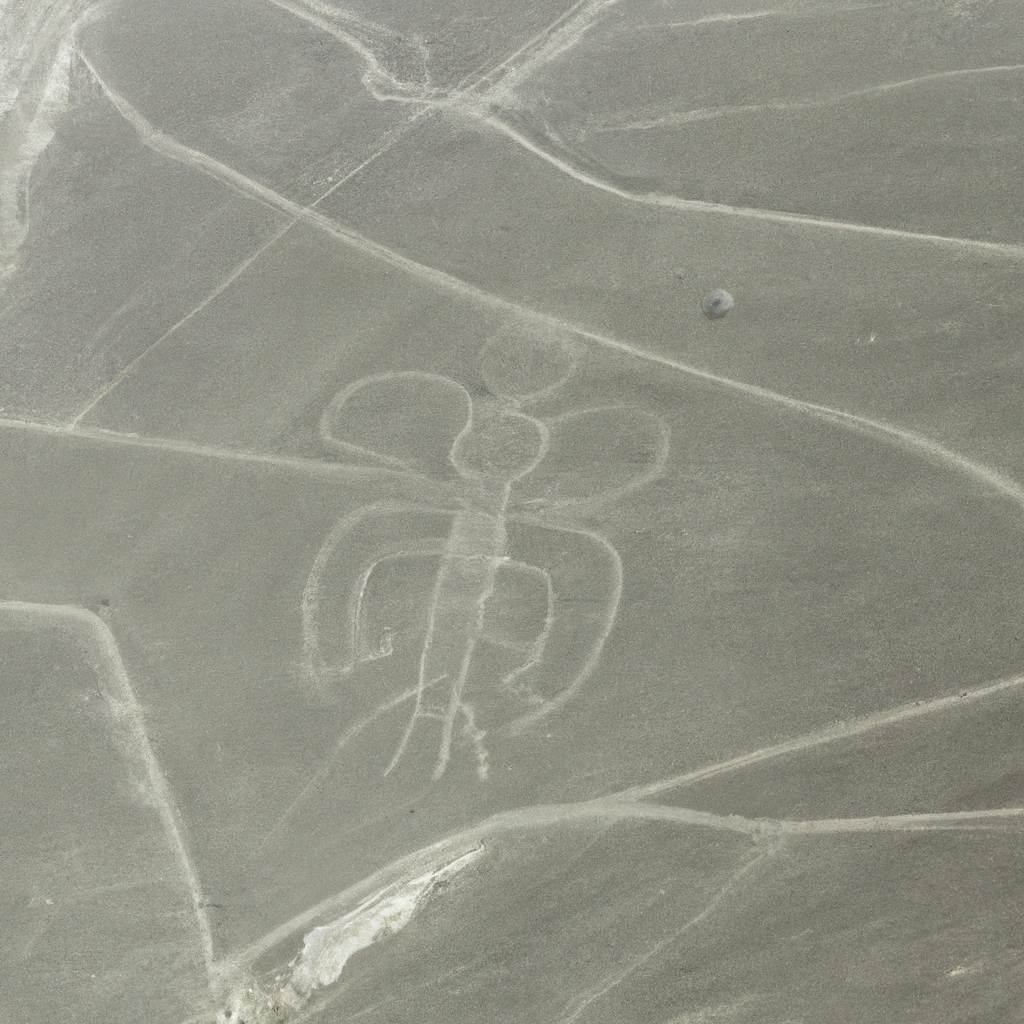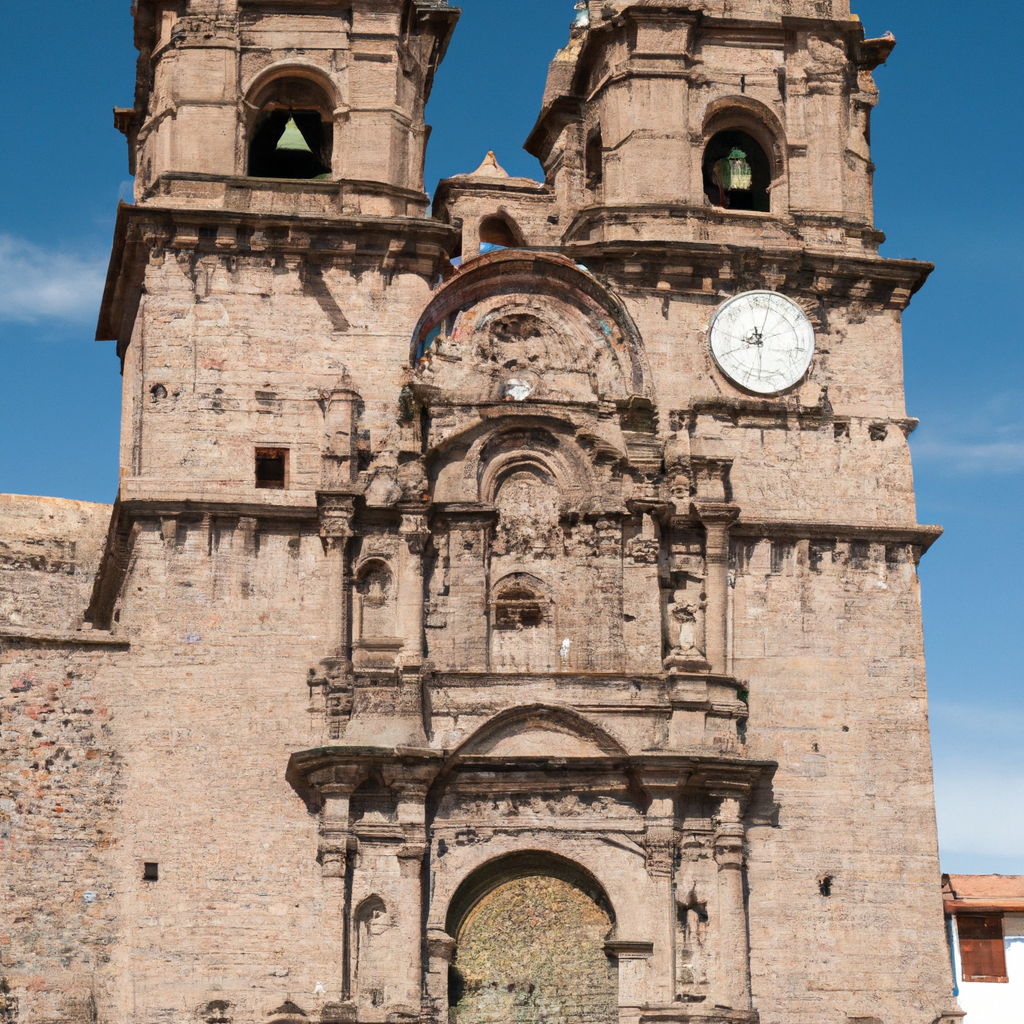Nazca Lines In Peru: Overview,Prominent Features,History,Interesting facts
Overview:
: The Nazca Lines are a series of geoglyphs located in the Peruvian coastal plain near Nazca in southern Peru. The shapes were created by moving and removing soil so the pale-colored rock underneath could form recognizable shapes. The most famous designs are the 1000+ straight lines, 70 animal, plant, and object figures, and 300 geometric figures. The lines span a total of more than 18 miles in length and range from less than 0.5 feet to almost 200 feet in width. The majority of the Nazca Lines have been preserved for over 2000 years due to the arid desert climate of the area and were first observed by modern civilization in the late 1920s. It is believed that the lines were created by the Nazca people between 500 BCE and 500 CE as a form of ritualistic worship. It is one of the most beautiful monuments in Peru
Prominent Features:
The Nazca Lines are a series of enigmatic geoglyphs carved into the desert of southern Peru some 2,000 years ago by the ancient Nazca civilization. The most prominent feature of the Nazca Lines are the hundreds (some say thousands) of straight lines and geometric figures that form gigantic designs across the landscape, some of which span for miles. These geoglyphs stretch across the ground from one end of the desert to the other end creating great designs that some people say are part of the Nazca's form of astronomical calendar. Other theories suggest that these geoglyphs are sacred paths to the gods, while others claim that they were created for ritualistic purposes. Some of these geoglyphs are up to 200 meters (660 feet) wide and many are over 500 meters (1,640 feet) in length, and some cover areas as large as 50 square kilometers (19 square miles). Some of the most well-known Nazca Lines figures are the monkey, hummingbird, spider, condor, whale and a series of humanoid figures. You can learn history, culture, and heritage through these magnificent monuments in Peru.
History:
The Nazca Lines are a series of ancient geoglyphs located in the Nazca Desert in southern Peru. The lines were created by the Nazca culture between 500 BCE and 500 CE and consist of hundreds of different figures including spiders, monkeys, and human figures. The lines were created by removing the top layer of reddish-brown iron oxide-coated pebbles and revealing the underlying white sand. The exact purpose of the Nazca Lines is still unknown, but it has been hypothesized that the lines and figures served as significant spiritual symbols related to fertility and water. The lines have also been linked to astronomical and archeoastronomical uses such as navigational markers or calendars. The Nazca Lines first became known in the mid-twentieth century. In 1940, American archaeologist Paul Kosok stumbled upon the first Nazca Line while flying over the Peruvian desert. His discovery sparked international interest, and the lines were further studied in the mid-1950s by German archaeologist Maria Reiche. Today, the Nazca Lines continue to attract hundreds of thousands of visitors each year. The lines have been protected by UNESCO since 1994 and encompass nearly 1,000 square kilometers of the Nazca Desert. Visit one of the famous monuments of Peru with your friends and family.
Interesting facts:
1. The Nazca Lines are a series of ancient symbols and designs, mostly geometric and zoomorphic, etched into the desert of Peru. 2. They were created between 500BC and 500AD by the ancient Nazca people who lived in the area. 3. The designs cover an area of over 450 square kilometers, the longest lines running for over 15 miles. 4. The exact purpose of the Nazca Lines is still unknown, but scholars believe they are part of a complex water management system. 5. The lines were first discovered in 1927 when a commercial airline pilot flying over the area noticed them from the air. 6. Some of the designs, such as the monkey, spider, and hummingbird, are so large they can only be fully appreciated from a high elevation. 7. Many of the lines have remained unchanged for centuries despite the harsh desert environment. 8. In 1994, the Nazca Lines were declared a UNESCO World Heritage Site. One of the historical monuments of Peru, it tells the story of a bygone era
Explore Peru most popular tourist destination with us. Nazca Lines In Peru: Overview,Prominent Features,History,Interesting facts,which is 35.14 km away from Peru main town, is the most popular destination to add in your travel wishlist.
-
City:
Peru
-
state:
Nazca Lines
-
country:
Peru
-
country code:
PE
- postcode:
Location:
Nazca Lines Peru














